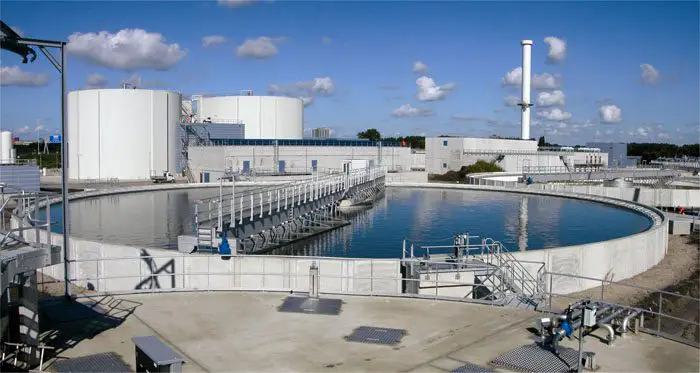Wastewater management has become one of the major challenges that most countries face due to the scarcity of water resources. However, the few countries that manage to deal with this issue give priority to urban centers leaving the smaller communities to look for other ways in which they can get clean water.
According to statistics from the UN world water day in the year 3013, 783 million people do not have access to clean water and almost 2.5 billion do not have access to adequate sanitation Waste water treatment can only be effective if the key processes of involved in the process are taken into consideration. These involve a primary waste water treatment process where screening is done to remove any object that is present in the water. This can be the small particles or large objects. The next level to undertake is the secondary treatment where activated sludge, filters and lagoons are used. Activated sludge’s contain bacteria which will help in the breaking down of organic substances while filters will be very effective when it comes to separation of the substances that remain in the water.
Each of the process requires special equipment such as generators, different types of water pumps, water neutralizing and oxidizing filters, separators in case there is oil in the water and sludge treatment equipment.
With the scarcity of water becoming a worldwide issue waste water treatment has come into sharp focus as key to proper use of this resource. This has driven the emergence of new trends in treatment as the traditional modes are slowly fading. Technological advancement has been of great aid when it comes to new forms of treatment.
Membrane bioreactor
A membrane bioreactor is used in place of the activated sludge process in waste water. Utilization of a bioreactor in treatment of waste water comes with many advantages according to an abstract by H Watanabe, M. Wakayama, H. Itokawa, T.Murakami and F.Suzuki on New Trends and Waste Water Treatment.
This process requires no clarifier and the bioreactor can be reduced making it possible for nitrogen to be removed with the use of a small facility.
UV Treatment
UV has been a better option since the 1940’s to replace chlorine. This form of treatment helps disinfect the water by radiating the micro organisms to prevent them from replicating.
This mode of treatment is becoming common as it helps save up on the cost of power, time and chemicals.
Control systems
A lot of energy often goes into water treatment and efficient control systems such as programmable Logic Controllers (PLCs) and SCADA systems which can help cater for this by controlling the amount that is used while at the same time ensuring that the water is treated sufficiently.
Advanced photo oxidation process (APOP)
This system is used in water plants to eliminate pathogenic micro-organisms and endocrine from waste water through the help of oxidants such as chloride dioxide or ozone. The first installation of APOP-system was at Usserød Wastewater Treatment Plant in Denmark, 2005
This form of water treatment is simple and easy to install and can be used on any scale. It is low cost and the UV-lamps used have high energy intensity.
Cogeneration systems
Water treatment plants require a lot of power so that things can work efficiently, because of this, many companies are opting for on-site cogeneration systems which will help produce more energy, free fuel and also green energy to save the environment.
Internal combustion engines, micro turbines, gas turbines, fuel cells, and Stirling engines are the cogeneration technologies being considered for use currently with digester gas from wastewater treatment plants.
Satellite reclamation plants
Satellite reclamation plants are used to treat wastewater on-site or near the point of waste generation and reuse. These kinds of systems often do not have a solids processing facility hence the solids have to be collected and taken to a different processor.
There are different types of satellite reclamation plants so that different kinds of waste water can be treated with the appropriate equipment. These types include interception type, extraction and upstream individual home type.
Furthermore, these systems can be used for energy recovery or nutrient separation.
Decentralized water treatment plants
These types of systems are a part of permanent infrastructure and can be managed on single facilities or integrated with a central sewer treatment plant.
They provide a range treatment options and can be installed at the treatment site or near point where waste water is generated.
They can be used by businesses, personal residences or communities and are cost effective and sustainable while at the same time safe to the human health and environment due to the quality of water produced.
Mark Ziervogel from Consolidated Water Conditioning SA (Pty) Ltd predicts that in the future there will be containerized solutions for water treatment plants and recycling of waste water from water treatment plants as the price of water and electricity increases. Nick Eberhardt from Pure Aqua, Inc. also agrees with this saying that containerized and portable systems with their own climate control will become more popular.

To think that there are a lot of forms for wastewater treatment. I only thinking about UV treatment because our plant uses this type of treatment.
Useful and informative article on waste water treatment and its management in future.
Thanks for sharing insight into waste water treatment. Human and industrial consumption have pushed water into a scarce commodity and need to take immediate corrective measure before its too Late.